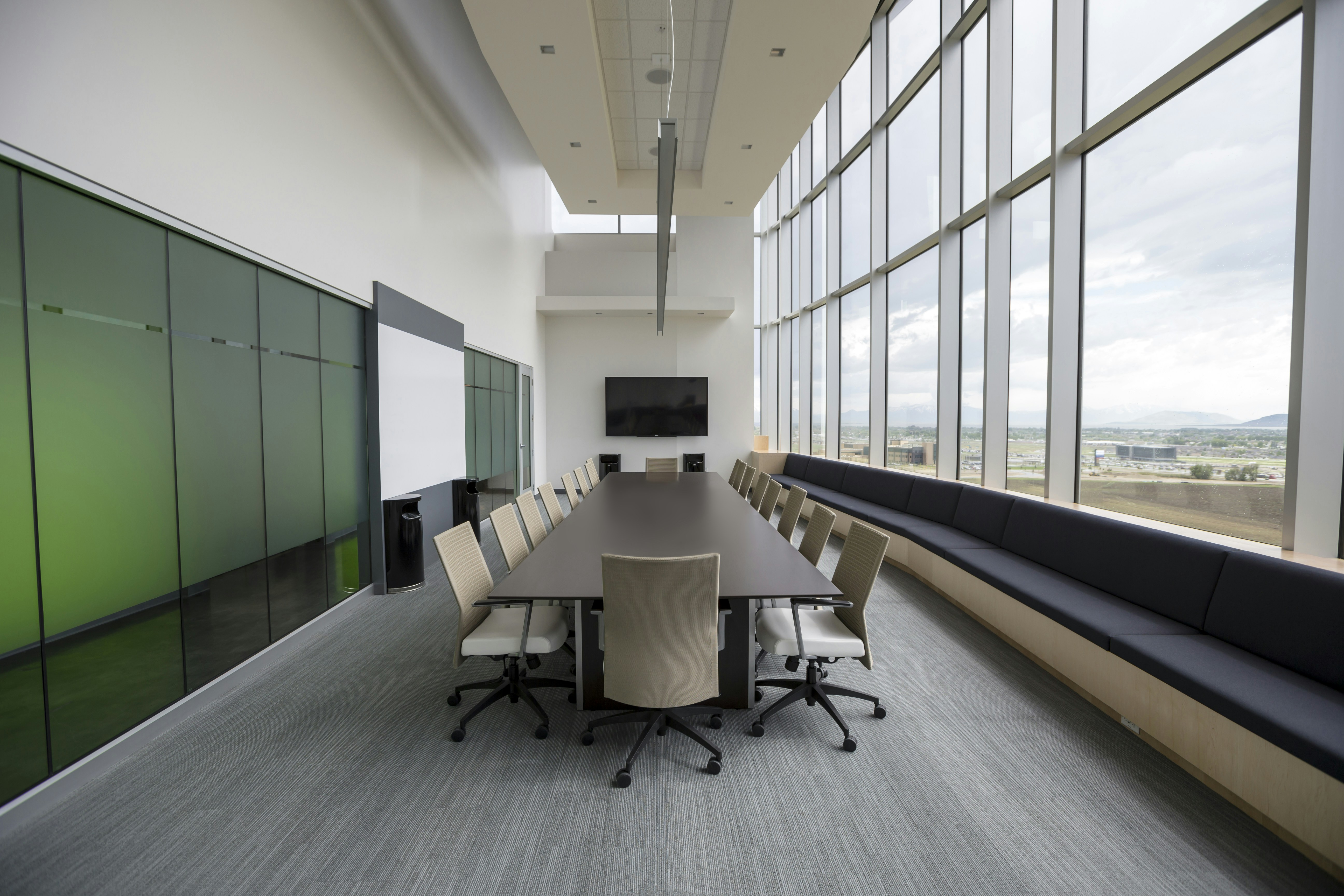The Unspoken Power of Shared Spaces: How Room Layouts Influence Family Dynamics
Published on July 28, 2024
The Unspoken Power of Shared Spaces: How Room Layouts Influence Family Dynamics

Have you ever walked into a room and instantly felt a shift in your mood? As it turns out, the spaces we inhabit have a profound, often unacknowledged impact on our relationships and communication patterns. This is especially true in family homes, where the layout and design of shared spaces can significantly influence how family members interact.
The Open Concept Revolution
In recent years, open-concept living has become increasingly popular. The idea is to create a more connected, fluid living space by removing walls between the kitchen, dining room, and living areas. While this can foster a sense of togetherness, it also presents unique challenges.
On one hand, open layouts can encourage more frequent, casual interactions among family members. Parents can keep an eye on kids doing homework while preparing dinner, and conversations can flow more naturally between rooms. However, this constant visibility can also lead to a lack of privacy and personal space, potentially increasing tension.
The Power of Furniture Arrangement
Even within a single room, the arrangement of furniture can have a significant impact on family dynamics. Consider the living room:
- A circular or U-shaped seating arrangement encourages face-to-face interaction and conversation.
- Seating all facing a TV can promote shared experiences but may limit direct communication.
- Including a variety of seating options (sofas, chairs, floor cushions) can accommodate different preferences and moods.
Creating "Zones" for Different Activities
In both open and more traditional layouts, creating distinct zones for different activities can help balance togetherness and individual needs. For example:
- A quiet corner for reading or homework
- A crafting or hobby area
- A central gathering space for family meals or game nights
These zones allow family members to engage in individual activities while still feeling connected to the larger family unit.
The Impact of Technology Placement
In our digital age, the placement of devices and screens within the home can significantly influence family interaction. Some families choose to create tech-free zones, while others integrate technology into shared spaces. There's no one-size-fits-all solution, but being intentional about where and how technology is used in the home can help foster better communication and connection.
Embracing Flexibility
Perhaps the most important aspect of home design for family dynamics is flexibility. As families grow and change, so do their needs. Furniture that can be easily moved, rooms that can serve multiple purposes, and a willingness to experiment with different layouts can all contribute to a home environment that supports positive family interactions.
Conclusion
While we often focus on verbal communication and explicit relationship-building activities, the silent influence of our physical spaces shouldn't be underestimated. By being mindful of how we arrange and use our homes, we can create environments that naturally encourage positive interactions, foster communication, and support the emotional well-being of all family members.
As you consider your own living spaces, remember that small changes can have big impacts. Experiment with different layouts, create intentional zones for various activities, and most importantly, involve all family members in the process. You might be surprised at how a simple rearrangement of furniture can lead to more open conversations and stronger family bonds.


